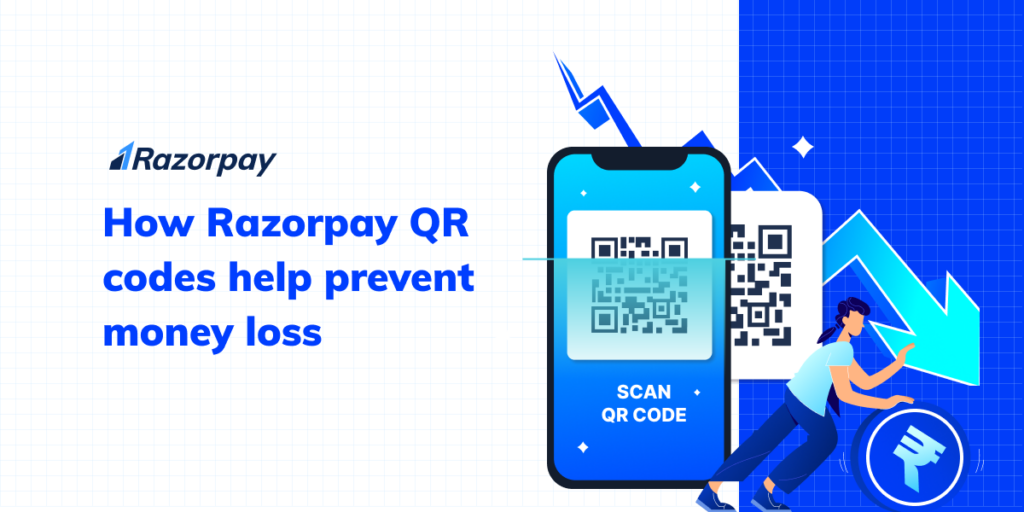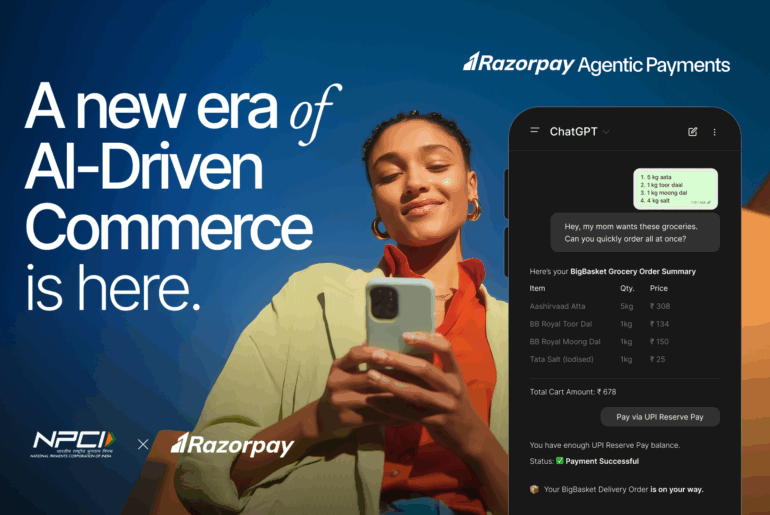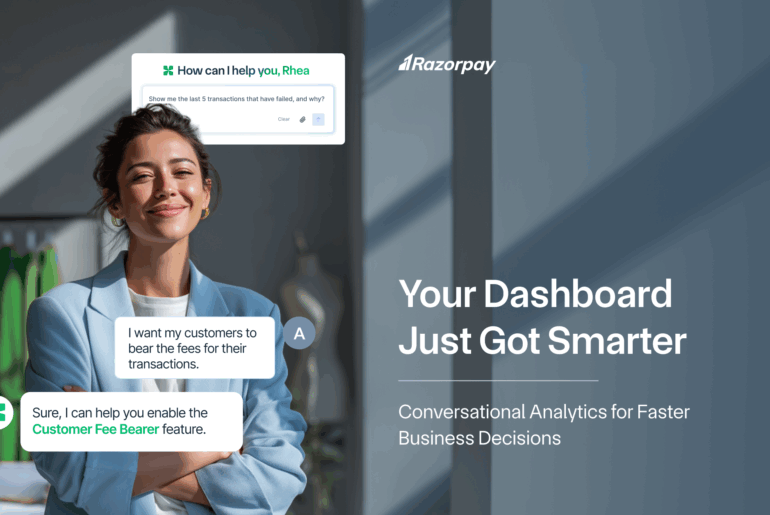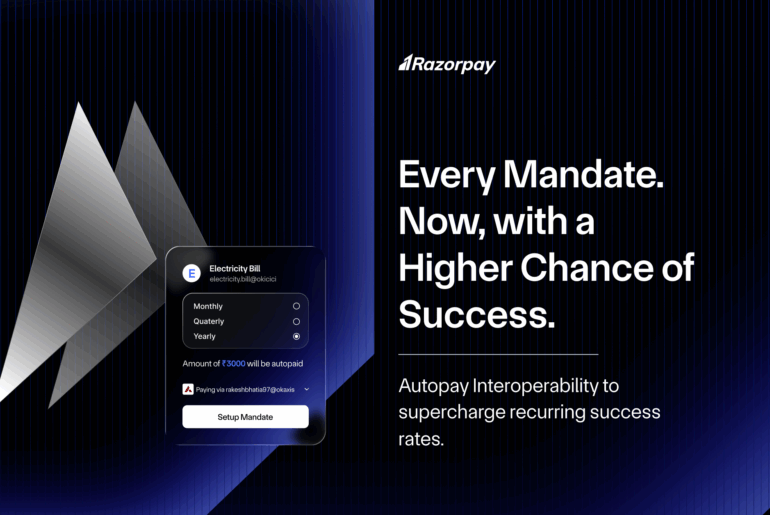In a strategic move to safeguard merchants from potential monetary losses, Razorpay has implemented a ground-breaking solution – Block Push Payments. This involves the blocking of direct payments to merchants’ Virtual Payment Addresses (VPA), preventing customers from utilizing merchant VPAs for transactions through their UPI apps. Consequently, this eliminates the option for customers to see a “Pay” option in their transaction history.


Razorpay’s innovative Block Push Payments ensures that customers use payment options with the order ID attached to the transaction, adding an extra layer of security and efficiency to the transaction process.
Understanding the Role of UPI in Digital Payments
The Unified Payments Interface (UPI) revolutionized digital transactions in India. Developed by the National Payments Corporation of India (NPCI), UPI seamlessly links multiple bank accounts to a single mobile app, allowing users to effortlessly transfer funds between individuals and merchants using their smartphones. With its simplicity and security, UPI has gained widespread popularity, offering both Push and Pull payment options.
- Pull Payments: Initiated by businesses and made by users.
- Push Payments: Initiated and executed by users themselves.
There are multiple methods through which push and pull payments can be made.
Push Payments to VPA: The Challenge Merchants Face
When using UPI, a Virtual Payment Address (VPA) serves as the unique ID for transactions. Users can easily transfer money through UPI apps like GPay by entering the recipient’s VPA or Phone Number. Users can make future payments to the same VPA through the transaction history of UPI apps by clicking on “Pay again”. These payments are called push payments to VPA.

However, challenges arise when users make push payments to Business VPAs outside Razorpay’s checkout system. These payments do not have an order ID associated with them. Although the payment succeeds on the UPI app, in the absence of an order ID, payment aggregators treat these transactions as “unexpected,” and are refunded back to the customers. In a situation like making doorstep deliveries, since the UPI app of the user shows a successful payment, delivery executives are likely to deliver the product or service ordered by the customer. This results in money loss for merchants as the payments are sent back to the customers.
Empowering Merchants for the Future with Razorpay’s Block Push Payments!
In summary, Razorpay’s Block Push Payments offer a game-changing solution, addressing the complex issues merchants encounter in UPI transactions. By dealing with the risks associated with push payments to VPA, Razorpay not only enhances transaction security and visibility but also prevents money loss for merchants.



